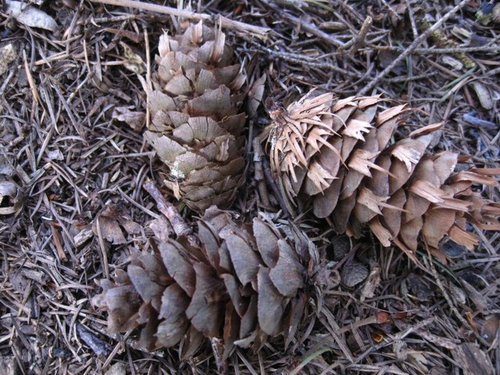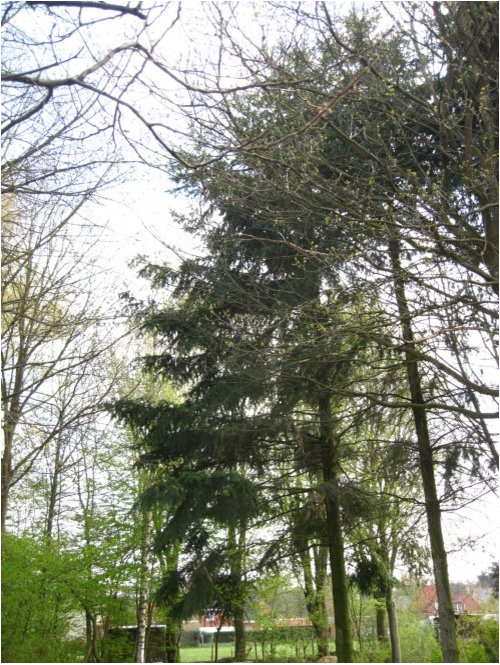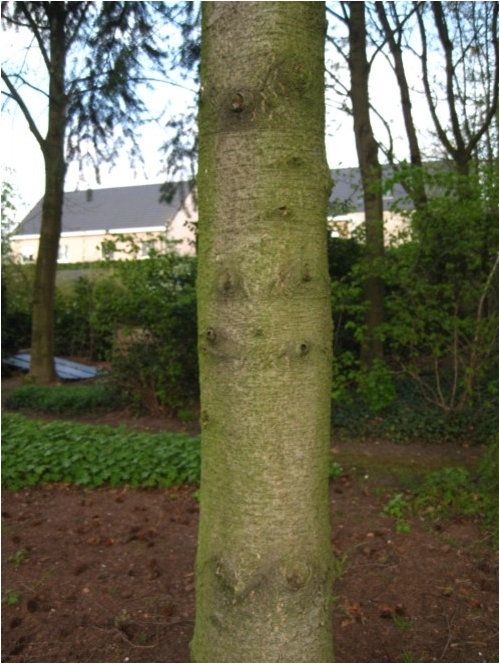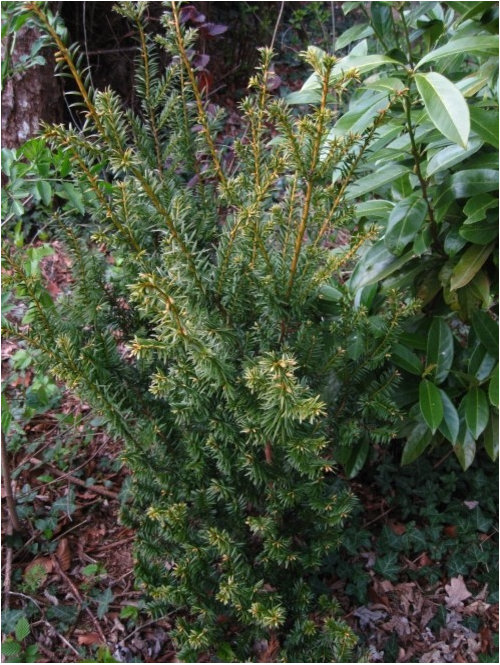Can anyone please help me ID'ing these?
liopleurodon
10 years ago
Related Stories

KITCHEN DESIGN6 Clever Kitchen Storage Ideas Anyone Can Use
No pantry, small kitchen, cabinet shortage ... whatever your storage or organizing dilemma, one of these ideas can help
Full Story
LAUNDRY ROOMSThe Cure for Houzz Envy: Laundry Room Touches Anyone Can Do
Make fluffing and folding more enjoyable by borrowing these ideas from beautifully designed laundry rooms
Full Story
BUDGET DECORATINGThe Cure for Houzz Envy: Living Room Touches Anyone Can Do
Spiff up your living room with very little effort or expense, using ideas borrowed from covetable ones
Full Story
MUDROOMSThe Cure for Houzz Envy: Mudroom Touches Anyone Can Do
Make a utilitarian mudroom snazzier and better organized with these cheap and easy ideas
Full Story
KITCHEN DESIGNThe Cure for Houzz Envy: Kitchen Touches Anyone Can Do
Take your kitchen up a notch even if it will never reach top-of-the-line, with these cheap and easy decorating ideas
Full Story
BEDROOMSThe Cure for Houzz Envy: Master Bedroom Touches Anyone Can Do
Make your bedroom a serene dream with easy moves that won’t give your bank account nightmares
Full Story
DECORATING GUIDES7 Bedroom Styling Tricks Anyone Can Do
Short on time or money? You can spruce up your bedroom quickly and easily with these tips
Full Story
CLOSETSThe Cure for Houzz Envy: Closet Touches Anyone Can Do
These easy and inexpensive moves for more space and better organization are right in fashion
Full Story
BUDGET DECORATINGThe Cure for Houzz Envy: Entryway Touches Anyone Can Do
Make a smashing first impression with just one or two affordable design moves
Full Story






















monkeytreeboy15
clement_2006
Related Professionals
Seabrook Landscape Architects & Landscape Designers · West Chester Landscape Architects & Landscape Designers · Norwood Landscape Contractors · Alamo Landscape Contractors · Broadlands Landscape Contractors · Deerfield Landscape Contractors · Euclid Landscape Contractors · New Providence Landscape Contractors · Newnan Landscape Contractors · Paramount Landscape Contractors · Paso Robles Landscape Contractors · Rancho Santa Margarita Landscape Contractors · Severna Park Landscape Contractors · White Bear Lake Landscape Contractors · Woodland Landscape Contractorspineresin
Embothrium
liopleurodonOriginal Author
pineresin
clement_2006
coniferjoy
liopleurodonOriginal Author
coniferjoy
liopleurodonOriginal Author